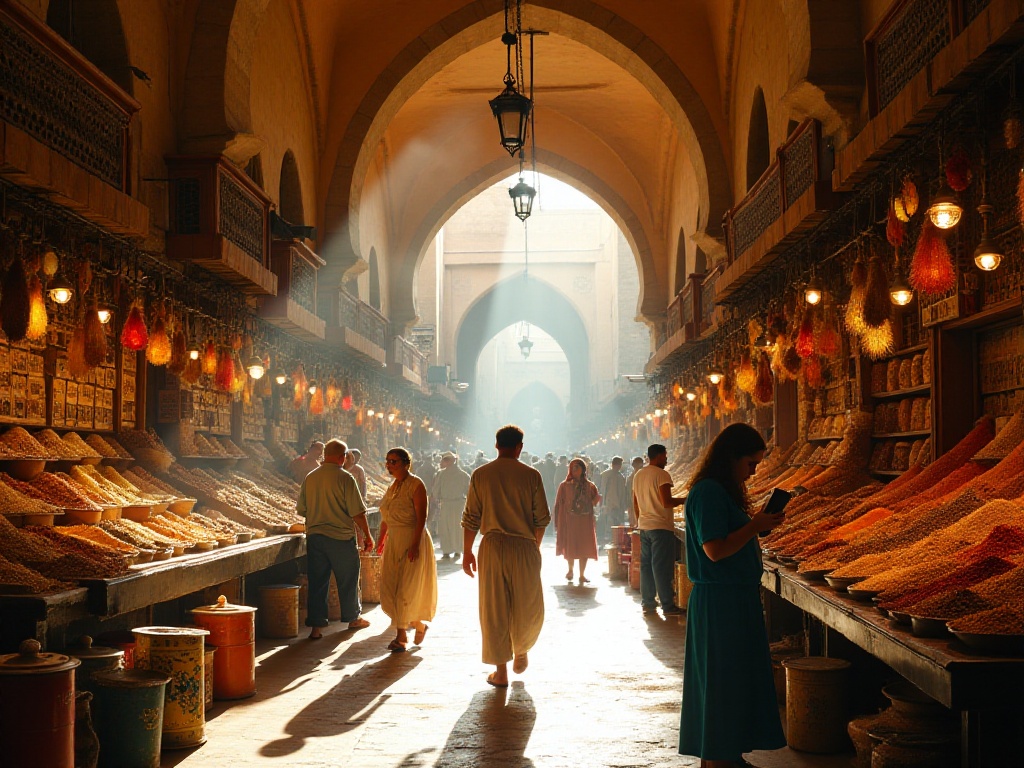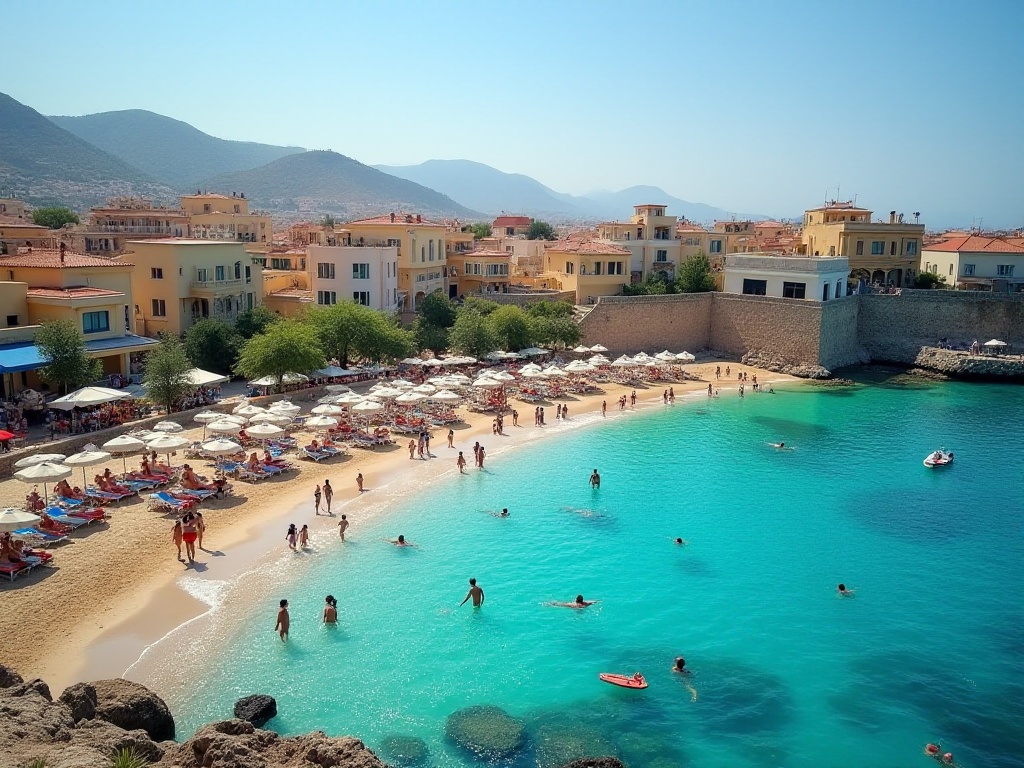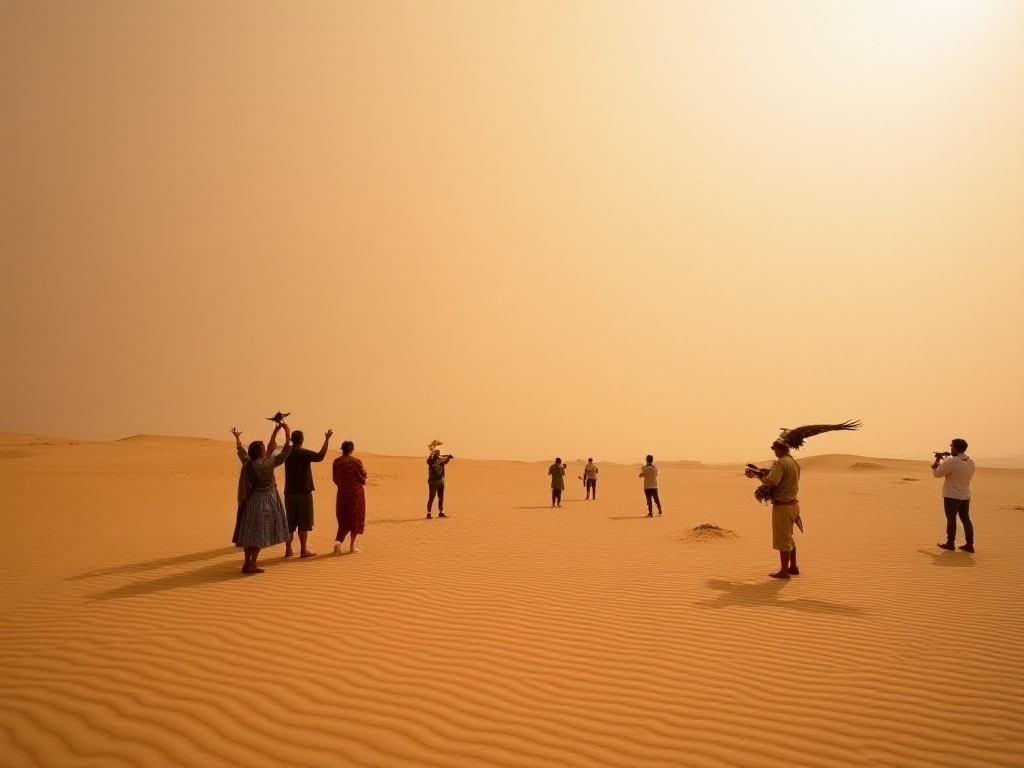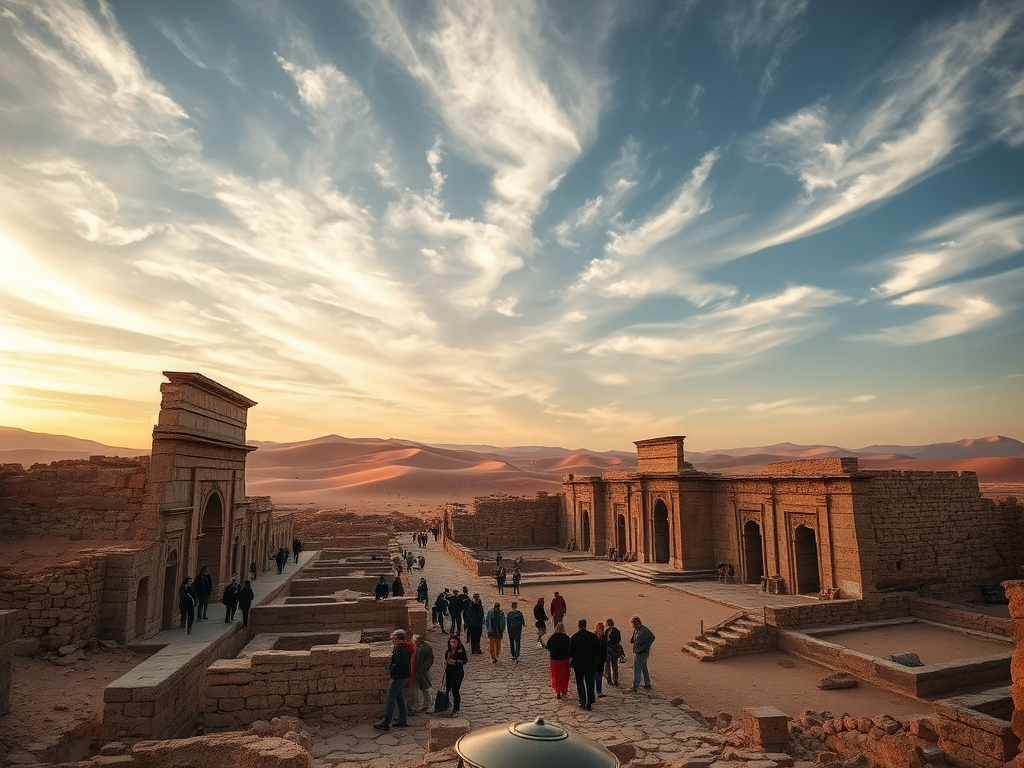Tips for Choosing the Season
Have you ever experienced this: after carefully selecting your destination, you arrive only to find you've hit the worst possible season? Either waiting 3 hours in queues at crowded attractions or being stuck indoors due to heavy rain. As a travel blogger who has visited over 30 countries, I want to share how to choose the best travel season.
Choosing the right season can dramatically improve your travel experience. I remember my first trip to Bali - I booked without any research and landed right in the rainy season. It rained heavily every day, making it impossible to enjoy the beach or even walk around. Later, a local guide told me that visiting in July-August during the dry season would have meant clear skies and spectacular sunsets. This experience taught me the importance of understanding travel seasons.
Understanding Seasons
Before diving into specific regions, let's understand three key tourism season concepts.
Peak season is when a destination sees the most tourists and highest prices. In Europe, for example, June-August is typical peak season. Based on my data, hotel prices during this time average 50-80% higher than off-season. Last summer in Paris, I saw peak season four-star hotels averaging 350-400 euros per night, compared to 180-220 euros in off-season.
Off-season is the opposite - fewer tourists and better prices. However, be cautious with off-season travel as there's usually a reason for it. Last winter in Venice, while accommodation was cheaper, I encountered the city's notorious "acqua alta" flooding, which submerged St. Mark's Square and made sightseeing impossible.
Shoulder season, the transition period between peak and off-season, is most interesting. I personally prefer traveling during shoulder season as it offers fewer crowds, reasonable prices, and typically good weather. Last September, I visited Tuscany during grape harvest season, enjoying wine festivals and golden rural landscapes - it was perfect.
Regional Characteristics
Each region has its unique tourism seasons.
Europe
European tourism seasons follow a regular pattern. Based on my years of observation and statistics:
Peak Season (June-August): - Average temperature: 20-30°C - Daylight: 15-16 hours daily - Accommodation: 50-80% price increase - Tourist volume: ~200% increase
Shoulder Season (April-May, September-October): - Average temperature: 15-25°C - Daylight: 12-14 hours daily - Accommodation: 20-30% price increase - Tourist volume: ~50% increase
Off Season (November-March): - Average temperature: 0-15°C - Daylight: 8-10 hours daily - Accommodation: 30-50% price decrease - Tourist volume: ~40% decrease
I especially recommend visiting Europe in September. Last September in Provence, I caught the last lavender blooms and grape harvest season, with spectacular golden vineyards everywhere. The temperature was moderate and tourist numbers were much lower than during summer vacation.
Southeast Asia
Southeast Asian seasons revolve around wet and dry seasons. Based on my multiple visits:
Dry Season (November-April): - Average temperature: 25-35°C - Rainfall: 50-100mm monthly - Accommodation: 40-60% price increase - Tourist volume: ~150% increase
Wet Season (May-October): - Average temperature: 23-32°C - Rainfall: 200-400mm monthly - Accommodation: 20-40% price decrease - Tourist volume: ~30% decrease
Note that wet season doesn't mean constant rain. It usually brings short downpours followed by pleasant weather. Last July in Chiang Mai, despite being wet season, it typically rained around 4 PM, allowing for evening night market visits. Wet season in Southeast Asia is also great for photography, with humid air and soft light creating a beautiful misty effect.
Africa
Africa's vast territory means optimal travel times vary greatly by region. Taking East African savannas as an example:
Peak Season (June-October, December-March): - Average temperature: 20-30°C - Rainfall: 30-50mm monthly - Accommodation: 70-100% price increase - Tourist volume: ~180% increase
Off Season (April-May, November): - Average temperature: 18-28°C - Rainfall: 150-300mm monthly - Accommodation: 40-60% price decrease - Tourist volume: ~50% decrease
Last August, I witnessed the wildebeest migration in Tanzania - an absolutely incredible sight. Over 2 million wildebeest and zebras crossing the Mara River is definitely worth visiting during peak season. However, be prepared for expensive accommodation - luxury tented camps can cost $1,000-1,500 per night.
Middle East
Middle East tourism seasons are primarily temperature-dependent:
Peak Season (October-April): - Average temperature: 15-25°C - Rainfall: 10-30mm monthly - Accommodation: 30-50% price increase - Tourist volume: ~120% increase
Off Season (May-September): - Average temperature: 35-45°C - Rainfall: nearly zero - Accommodation: 50-70% price decrease - Tourist volume: ~60% decrease
Middle Eastern summers are extremely hot - last July in Dubai, temperatures reached 47°C. However, if you can handle the heat, off-season prices are very attractive. The Burj Al Arab hotel offers nearly 50% discount during off-season, and shopping malls have excellent air conditioning.
North America
North American seasons have distinct characteristics:
Peak Season (June-August): - Average temperature: 25-35°C - Rainfall: 70-100mm monthly - Accommodation: 40-60% price increase - Tourist volume: ~150% increase
Shoulder Season (April-May, September-October): - Average temperature: 15-25°C - Rainfall: 50-80mm monthly - Accommodation: 10-30% price increase - Tourist volume: ~40% increase
Off Season (November-March): - Average temperature: -5-15°C - Rainfall: 30-60mm monthly - Accommodation: 30-50% price decrease - Tourist volume: ~45% decrease
Selection Tips
After all these statistics, how should you choose the best travel season? Consider these factors:
First, budget. If you're cost-conscious, off-season or shoulder season travel is ideal. My statistics show off-season travel can save 30-50% overall, especially on flights and accommodation.
Second, schedule flexibility. If your vacation time is fixed, consider less popular destinations during peak season. Last summer, instead of popular European countries, I visited the Baltic states - still peak season but with notably fewer tourists.
Third, travel purpose. Some trips require specific timing - cherry blossoms in Japan (March-April), African migration (July-October). For these, plan six months ahead for better prices.
Finally, personal preferences. Some people can't handle heat - avoid Southeast Asia's dry season. Others hate rain - skip rainy seasons. Beyond these hard constraints, consider your tolerance for crowds. If you dislike crowded places, definitely avoid peak season.
Practical Tips
Finally, some practical season selection tips:
-
Off-peak travel: Even during peak season, weekday visits see 50-100% fewer tourists than weekends, based on my experience.
-
Holiday awareness: Research destination country holidays. Last year, I encountered Japan's "Golden Week" with overwhelmingly crowded attractions.
-
Advance booking recommendations:
- Flights: 3-6 months for international
- Accommodation: 2-3 months for peak season, 1 month for off-season
-
Attraction tickets: 1-2 weeks for popular sites
-
Flexibility: Consider traveling during season transitions. Last September, I visited Greece as peak season ended, enjoying good weather without summer crowds.
-
Strategic compromises: If peak season is unavoidable, consider staying in smaller cities near popular attractions and commuting. It takes more travel time but saves on accommodation.
Conclusion
Choosing travel seasons is an art of balancing budget, time, and personal preferences. What factors do you consider most important when choosing travel seasons? Share your thoughts and experiences in the comments.
Feel free to ask in the comments about the best travel time for specific destinations. Let's plan the perfect trip together.









